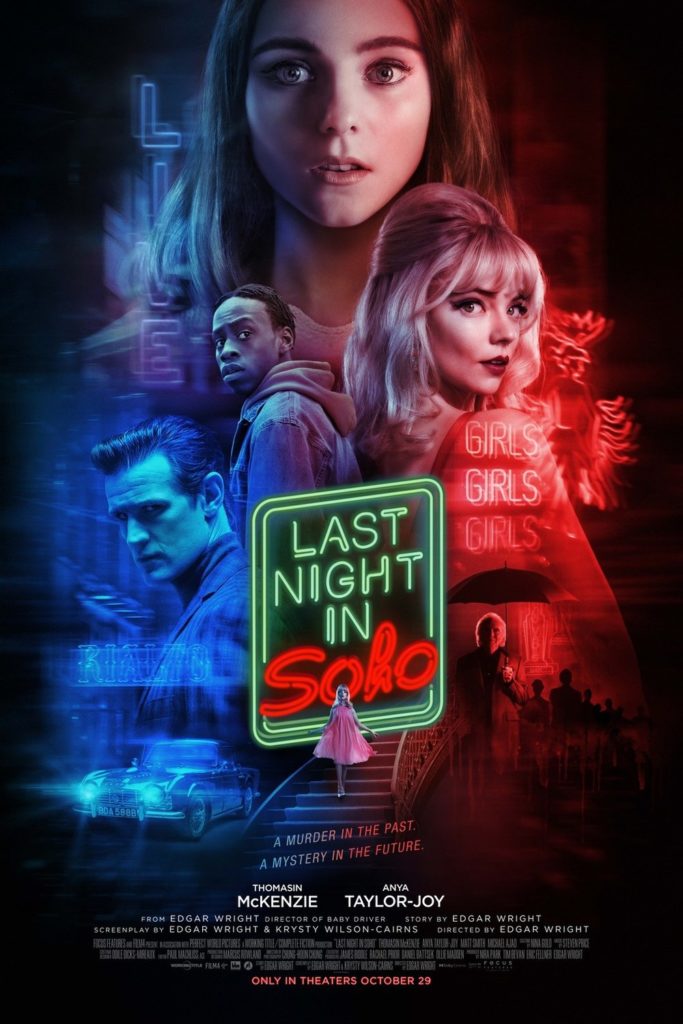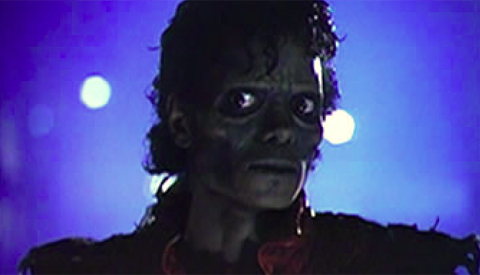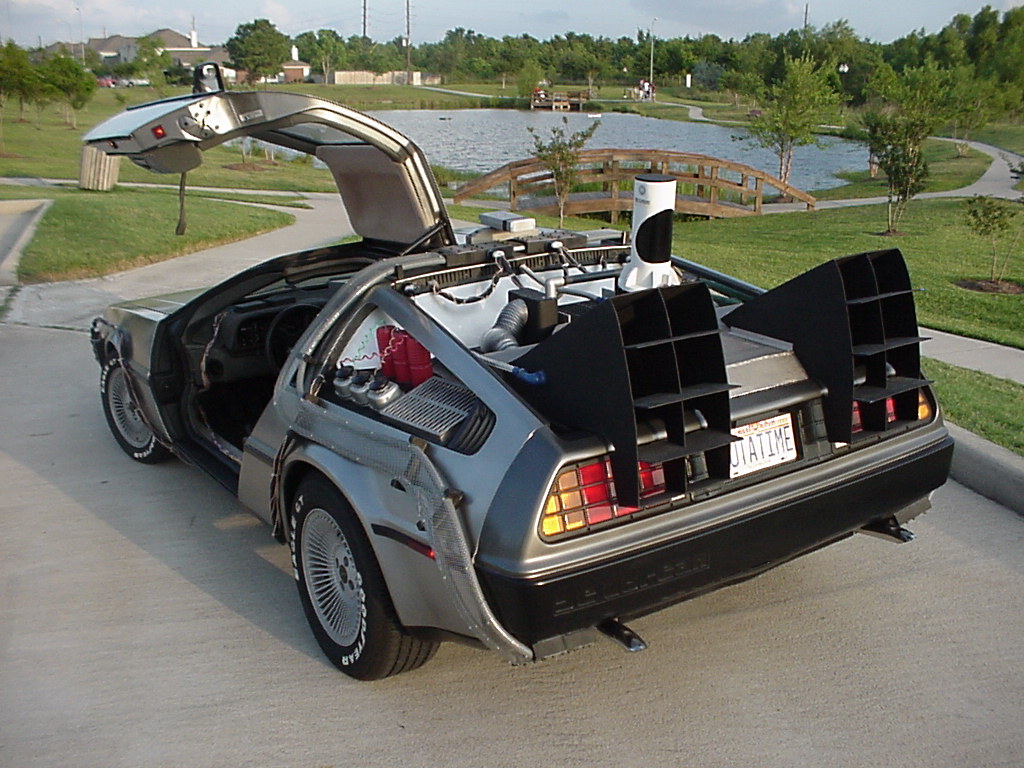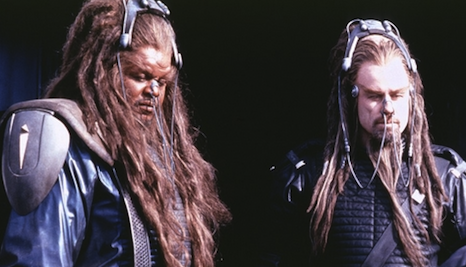
You’ll see a dozen movies better than “Avatar: The Way of Water” this year. But you’ll see none that are more worthy of taking a trip to the movie theater.
That’s my main point; you can stop reading if you want. As a movie the second “Avatar” doesn’t merit a lengthy review, especially if you saw the first one (and statistically, most of us did). It’s still blue aliens vs. capitalist mecha-robots. It’s still overlong, overwrought, and underwritten. As a story, this sequel doesn’t innovate much more than “2 Fast 2 Furious.”
Not only that, but “The Way of Water” arrives at a really awkward time. COVID and the streaming wars have joined forces to deliver a deeply compelling argument against the entire movie-going experience. Why should we drive to a theater to experience the hell of other people—with their germs, their voices, and their glowing phones—when we can pause Netflix and grab a beer from the fridge any time we want? Have you seen the size of TVs these days?
But betting against James Cameron has been a sucker’s bet for his entire career. “The Way of Water” is his rebuttal to the Netflix argument, and boy, is it a doozy. In all its 3D, high-frame-rate glory, “Avatar 2” reminds you of the power of film on the big screen. Not in the “shared experience” with the audience; not in the nine-dollar popcorn; but in the social contract that, for the next 192 minutes, the lights will dim and the images in front of you will be your entire world experience.
What an experience it is. More than once, I found myself grinning like an absolute idiot at how fucking gorgeous this movie is. Whether it was a menacing fleet of spaceships or an alien reef teeming with invented fish species, the visuals had my ADHD brain in their firm grip. As visual effects, they’re so perfectly executed that they disappear—I can’t recall a moment where the movie looked anything less than filmed footage, even though it’s hardly less CGI than a Pixar movie. (The occasional human actor pops up, like Eddie Valiant visiting Toontown.) James Cameron famously waited a decade before making the first “Avatar” so that technology could catch up to his vision; the additional decade’s wait until this one has paid similar dividends. It’s just stunning.
I don’t give these compliments to minimize the film’s flaws. There’s a bunch, and many are the result of a rich white man telling an indigenous-peoples fable.
A tiny aside: sci-fi can, and should, rhyme with reality. If you’re going to depict future-humans hunting a whale in space, it’s not only valid but compelling to match the beats of real humans hunting a whale on earth. Science fiction is allegory.
But! If you’re depicting alien indigenous cultures, the shortest route to cringe is to have them resemble human ones. When seafaring aliens don facial tattoos and stick their tongues out menacingly like Maori warriors in blueface, it’s embarrassing as hell. Smaller details, like the feral white boy sporting an impressive set of dreadlocks, don’t help one tiny bit. It’s a blind spot that’s roughly the size of the entire damn movie.
And it’s not only cringe—it also speaks to a lack of imagination, which is fucking bizarre for a movie that’s so imaginative in other ways. James Cameron will invent an entire planetary ecosystem—right down to the biomechanics of the aforementioned space whale—only to have his teenaged aliens call each other “bro” and “cuz” with hilarious frequency.1 You wonder whether he even *realizes* his film is set 200 years in the future.
So in short, “Way of Water” can make your jaw drop with its beauty in one scene, and its clunky casual racism in the next. “Avatar” contains multitudes.
I’m still recommending it. While I wish he hadn’t self-exiled to Pandora for the latter third of his career, James Cameron remains one of the great action-movie directors. The climactic battle amidst the floating mountains in “Avatar” was about as good as Hollywood action set pieces can get. The equivalent battle in “Way of Water,” with its more-than-slight resemblance to “Titanic,” is almost as gripping. And the ensemble cast—including Sam Worthington, our Most Forgettable Movie Star2—turns in solid acting performances despite never showing their human faces. (That feels surprising to type, but really shouldn’t—Gollum was over 20 years ago!)
But, just to end where I started, the big-screen experience is essential. This isn’t the only movie begging you to schlep to the Cinemark—movies these days can feel demoted, in a straight-to-VHS way, when they can only be viewed in your living room (“Greyhound” comes to mind). Once upon a time I was a film major, and it was refreshing to be reminded that theaters still have a useful, beautiful purpose.










